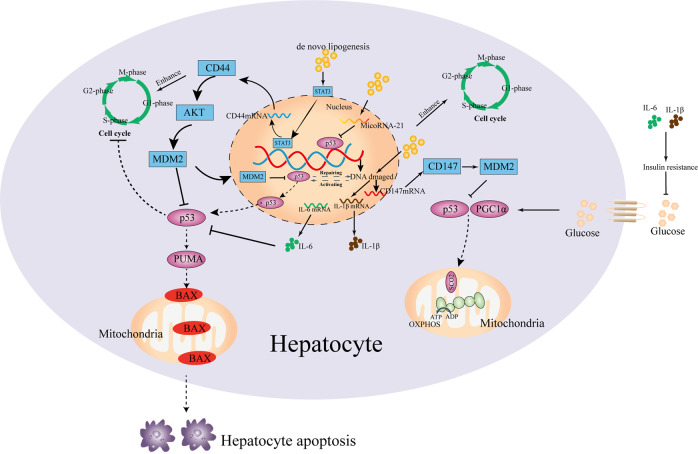Fig. 2. Glucose and lipid metabolism disorder disturbed normal hepatocyte program by inducing MDM2–p53 axis.
After glucose and lipid metabolism disorder, the expression of CD44 is induced in hepatocytes with lipid deposition. Once expressed, CD44 potentiates AKT activation to induce the phosphorylation and nuclear translocation of MDM2, which terminates the p53 genomic surveillance response by repairing DNA or mediating cell apoptosis. Moreover, CD44 can directly prevent the premature cell-cycle exit and death of pericentral hepatocytes. Furthermore, lipid deposition can provoke DNA damage by lipotoxicity, which could contribute to the expression of pro-inflammatory cytokines (IL-6 and IL-1β) and CD147. CD147 could disturb mitochondrial biogenesis and oxidative phosphorylation in p53/PGC1a-dependent manner by promoting MDM2 expression. Pro-inflammatory cytokines can induce IR that aggravates glycometabolic disorder, and IL-6 can inhibit p53-mediated apoptosis. In addition, lipid deposition can increase the expression of microRNA-21, which can interfere with p53 binding to its DNA consensus sequence and enhance the cell cycle.

